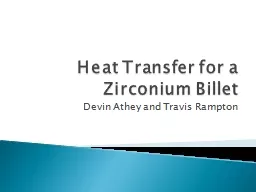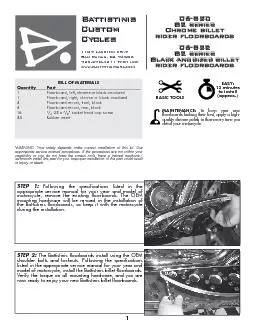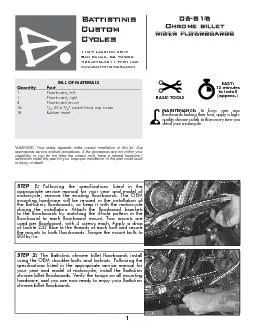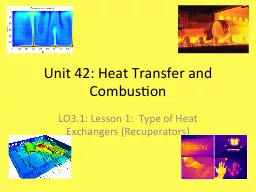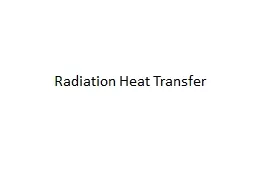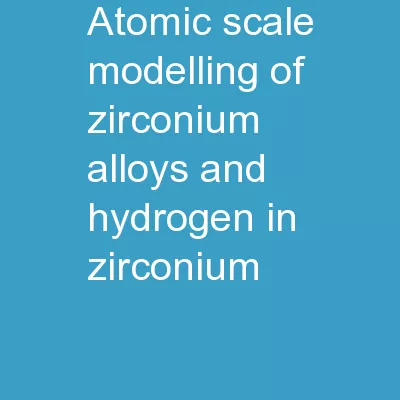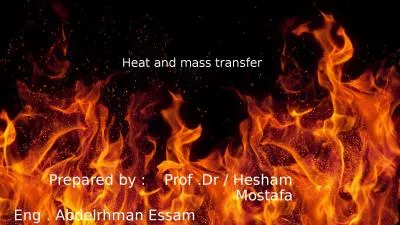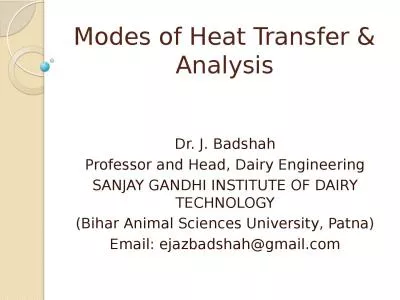PPT-Heat Transfer for a Zirconium Billet
Author : celsa-spraggs | Published Date : 2018-12-16
Devin Athey and Travis Rampton Modeled our Capstone project time to heat a Zirconium Billet to 140145 degrees farenheit Used 1 st Term Approximation Compared
Presentation Embed Code
Download Presentation
Download Presentation The PPT/PDF document "Heat Transfer for a Zirconium Billet" is the property of its rightful owner. Permission is granted to download and print the materials on this website for personal, non-commercial use only, and to display it on your personal computer provided you do not modify the materials and that you retain all copyright notices contained in the materials. By downloading content from our website, you accept the terms of this agreement.
Heat Transfer for a Zirconium Billet: Transcript
Download Rules Of Document
"Heat Transfer for a Zirconium Billet"The content belongs to its owner. You may download and print it for personal use, without modification, and keep all copyright notices. By downloading, you agree to these terms.
Related Documents

